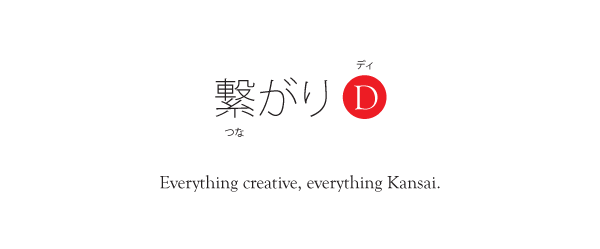

I was chatting to my old boss Matt (Sweatshop Union, see the past entry), when he mentioned that he had an order from some guy who needed some shirts printed. Normally this sentence would not surprise me, because Matt prints T-shirts for a living. When I asked 'What for?', Matt said there was some exhibition in Kyoto called Lingua Comica going on.
Lingua Comica is the Asia-Europe Foundation's idea originally, and this year they are collaborating with the Kyoto Manga Museum to bring everyone the 3rd installment. In a nutshell, the project brought together 14 emerging artists (chosen from 100 applicants) and paired them up for 2 months online and then 8 intense days at workshops in Kyoto. The goal? Comics/Manga!
What I saw at Lingua Comica 3 was the results of the pairings, including their notes and sketches, the translations of their text and the final finished pages. At the moment there is no printed comic, but there are plans to have one out this year for purchase.

After a brief correspondence with the Manga Museum an interview with Tsuyoshi Ogawa was organised for me.
As an artist, hes participated in exhibitions before, but this was Ogawa's first time doing strait manga. He described the experience as having his preconceptions of manga 'stripped bare'. The participants were lucky to have guidance from from the workshop facilitators, Kosei Ono, Titus Ackermann (Germany), Tanitoc (france), Dae-joong Kim (Korea), JM Ken Niimura (Spain).
Oogawa was paired with Cliodhna Lyons from Ireland. He said that the main initial form of correspondence was mail, and that it was quite hard. "When you're communicating with someone you've never met, and in another language, it can be tough. Slight variations in language can produce misunderstandings, and working out how to remedy these was hard". Cliodhna and Oogawa talked about food quite a bit, "as you can see from our final work", he says, laughing. "I felt better talking about food because it's a very concrete subject". It turns out that Cliodhna was a vegetarian. Oogawa sent her a picture of an Okosama • お子様 lunch, one of those kids meals found in Japan (the one he drew for her was served on a train, with a Japanese and Irish flag stuck in the pudding). "An Okosama lunch is interesting; it's a special Japanese lunch for kids, but all the food is western. Cliodhna was surprised when she saw it!"
Cliodhna then explained how in her family, they collected blackberries, made jam and then had a party and she invited all her friends over. This back and forth discussion lead to the idea of the two of them creating a 'Comics Food-pedia'. Oogawa did a comic on how to use chopsticks, and Cliodhna did a comic on table manners.
I asked how everything was translated. Oogwa said his english was "quite rough"; at the Manga Museum, there's a female research student who comes in especially to translate manga. She helped Oogawa a lot with his mails, checking that what he wanted to say was coming through properly in the English mails he had written.
Everyone was very thrilled at the opportunity of working with a person from a different country and very proud of seeing their works finalized and displayed here in Kyoto. Each pairing had it's own style and results:
• Emma Rios (Spain) and Hwei Lin Lim (Malaysia) drew their own characters on the same page together (seamless artwork!).
• Sofia Falkenhem (Sweden) and Maki Sato (Japan) created juxtaposed stories; a child leaving the country to go to the city, and a child leaving the city to go to the country—both bewildered.
• Matei Branea (Romania) and Budi Wijaya (Indonesia) split their pages up into different areas, Matei drawing very comical cartoons and Budi focussing on typographic elements. Possibly the most interesting blend.
The facilitators of the event focused on the importance of communication between participants, emphasizing the importance of the event and the necessity of growth of understanding between the pairings. They wanted everyone to go home with something they would be proud of; and the effort was successful.
I asked Oogawa which couple he found to be the most interesting. "Iyaaaaa", was his answer (it's a 'hard to answer' sound in Japanese). Everyone's strengths were different, and that was what he found interesting. "One person who draws really cute stuff can't do fine details, and the person who does fine details can't draw cute stuff."


One very cool thing right up the back of the exhibition was the product of a workshop with participating students from Kyoto Seika University. It was a large piece of paper that was divided into squares, and each square had an individual illustration in it. Some illustrations joined together at the edges, some didn't. I asked if there was any order, and Oogawa told me that the illustrators put the first illustrations in and all the participants started filling in the boxes on either side. The theme seemed to be something like 'kill the cat', and especially where the students had mimicked each others illustrations in a comically humorous way, I personally felt like this could be it's own exhibition it was such a good idea.
From the very first point where I was told about 'some exhibition' in Kyoto, I knew this would be a great, going to see Lingua Comica 3! And what do you know, it turned out to be a goldmine of creativity; something in Kansai we can all be proud of.




1 comment:
This is great!
Post a Comment